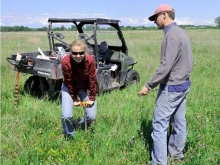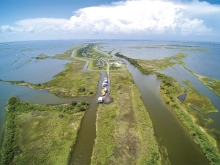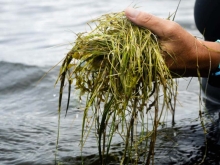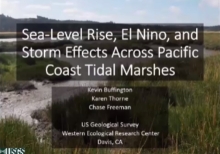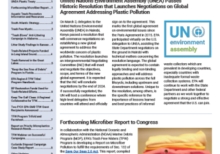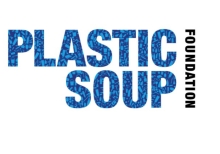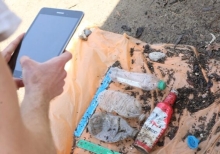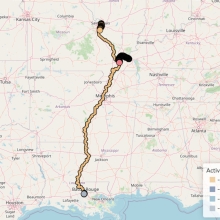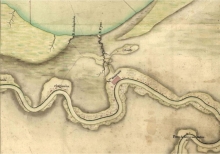Ask A Scientist: How Do You Know That A Wetland Restoration Is Successful?
Although there is no one "silver bullet" method, much can be done to see if a restoration is on track. Following the restoration plan and keeping track of the inputs (quantity of seed planted, number of species planted as plugs) is one way to make sure that restoration targets are met. However, strictly following these steps does not guarantee success, as many unexpected obstacles might occur (a dry or a wet year, a new invasive species, inability to conduct a burn). That is why most restoration and conservation managers, including TWI ecologists, follow a strategy called adaptive management.
